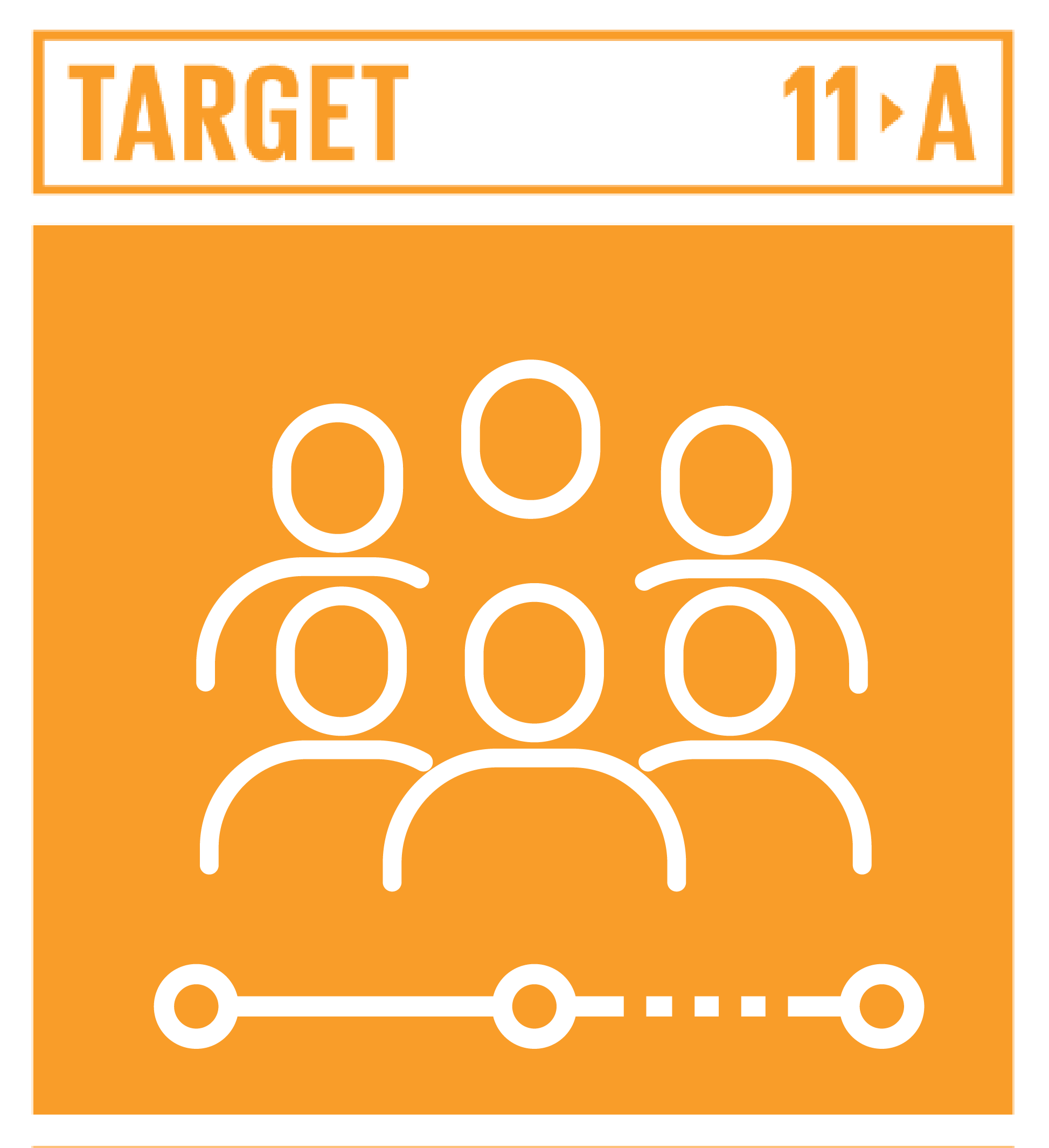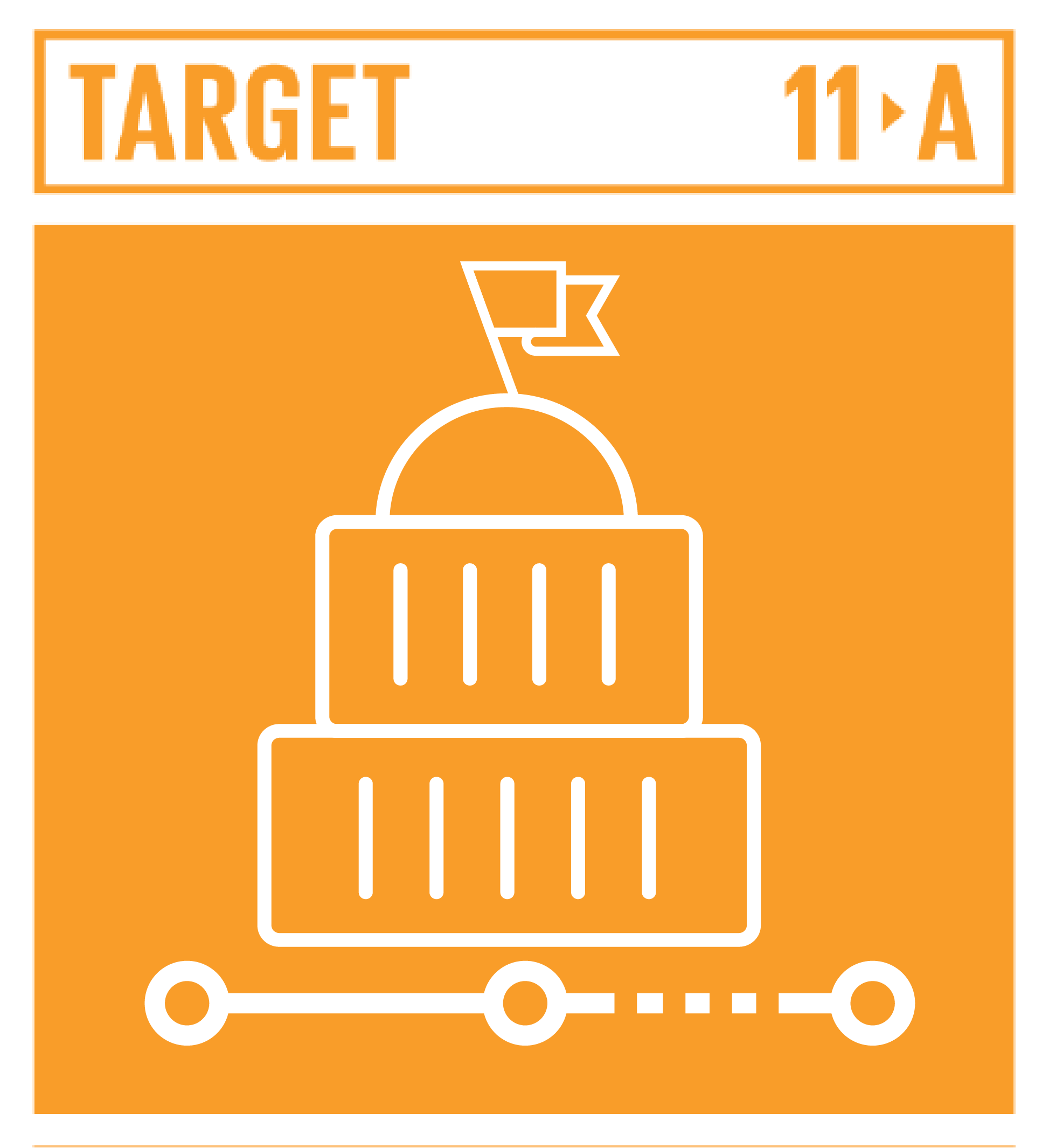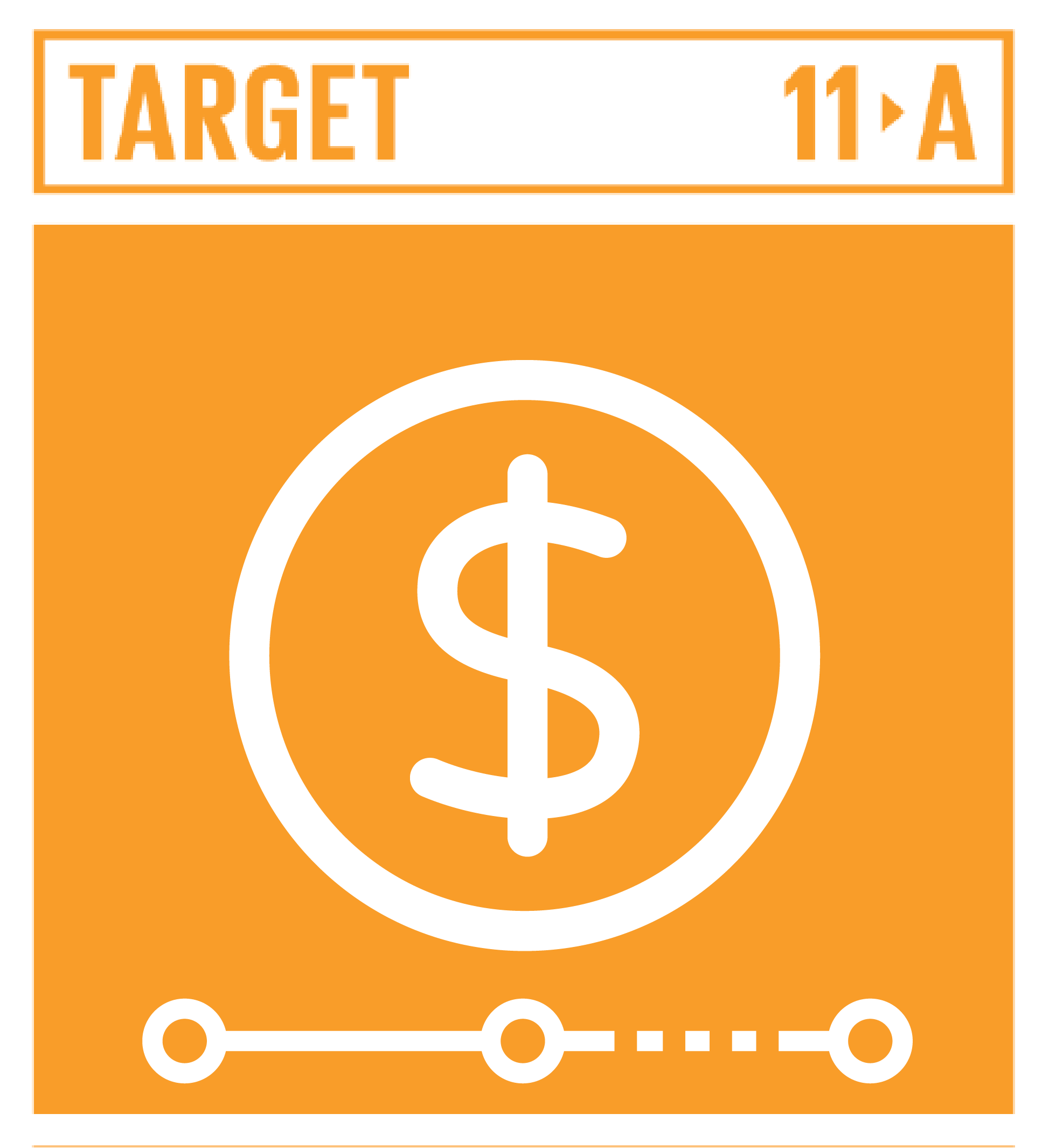Bolivia
A deep analysis of Bolivia National Urban Policy
Region: Latin America & The Caribbean

GDP per capita

Population (2016)

Population growth rate

Inflation Rate (2014)

Drinking water (rural)

Drinking water (urban)

Forested areas

CO2 emissions estimate

Labour force (females)

Labour force (males)

Female life expectancy

Male life expectancy

Unemp % of labour force

Urban population

Male education

Female education
Data presented above is obtained form 2018 NUP Database Booklet - (2018 WorldBank dataset), access it from the World Bank Dataset

TITLE OF NUP
Politica Nacional parael Desarrollo Integral deCiudades (Explicit)

STAGE OF NUP
Formulation Phase

LEADING AGENCY FOR URBAN DEVELOPMENT
Ministry of Public Works, Services andHousing/Vice-ministry of Housing andUrbanism

TIMELINE
Underdevelopment

FOCUS
The plan focuses on the urbanization dividend, demographic dividend, intermediary cities, and the three main metropolitan areas in Bolivia

COMMENTS
The development of the NUP is in collaboration with UN-Habitat and UNDP, it is being funded by SIDA

Thematic scope of Bolivia NUP

Thematic attention
Economic
Development

Thematic attention
Spatial
Development

Thematic attention
Human
Development

Thematic attention
Environmental
Development

Thematic attention
Climate
Resilience
Graphical Representation
Legend:
12=Extensive
8=Moderate
4=Low
0=No Information
Measurement of how Bolivia NUP fulfils
SDG 11.a.1 Qualifier

Population dynamics
The National Urban Policies for Bolivia, does respond to the population dynamics as an SDG11.a.1 qualifier. Bolivia NUP does focus on demographic trends and needs in their Formulation phase.
YES

Territorial development
Bolivia NUP does address a spatial coherent territory that includes a balanced system for human settlement. Cities and towns along the urban, periurban and rural continum is also focussed in the Bolivia NUP.
YES

Local fiscal space
Bolivia NUP does address the local fiscal space as SDG.11.a.1 qualifier. Their NUP ensures that local governments have resources to carry out activities at the local level.
YES